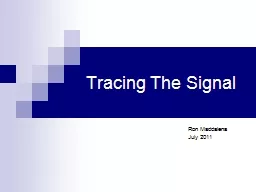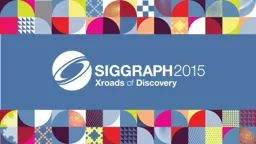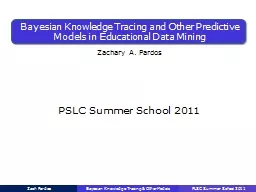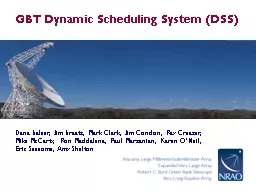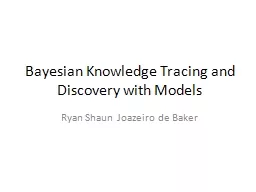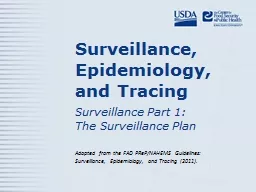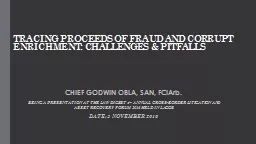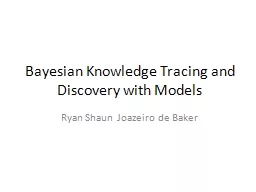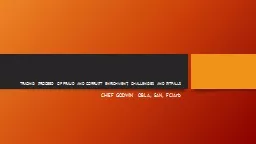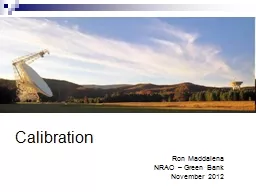PPT-Tracing The Signal Ron Maddalena
Author : tawny-fly | Published Date : 2018-03-07
July 2011 Typical Components Amplifiers Mixers Attenuators Power Detectors Synthesizers Splitters Couplers Filters Switches Multipliers Types of Filters Edges are
Presentation Embed Code
Download Presentation
Download Presentation The PPT/PDF document "Tracing The Signal Ron Maddalena" is the property of its rightful owner. Permission is granted to download and print the materials on this website for personal, non-commercial use only, and to display it on your personal computer provided you do not modify the materials and that you retain all copyright notices contained in the materials. By downloading content from our website, you accept the terms of this agreement.
Tracing The Signal Ron Maddalena: Transcript
Download Rules Of Document
"Tracing The Signal Ron Maddalena"The content belongs to its owner. You may download and print it for personal use, without modification, and keep all copyright notices. By downloading, you agree to these terms.
Related Documents

